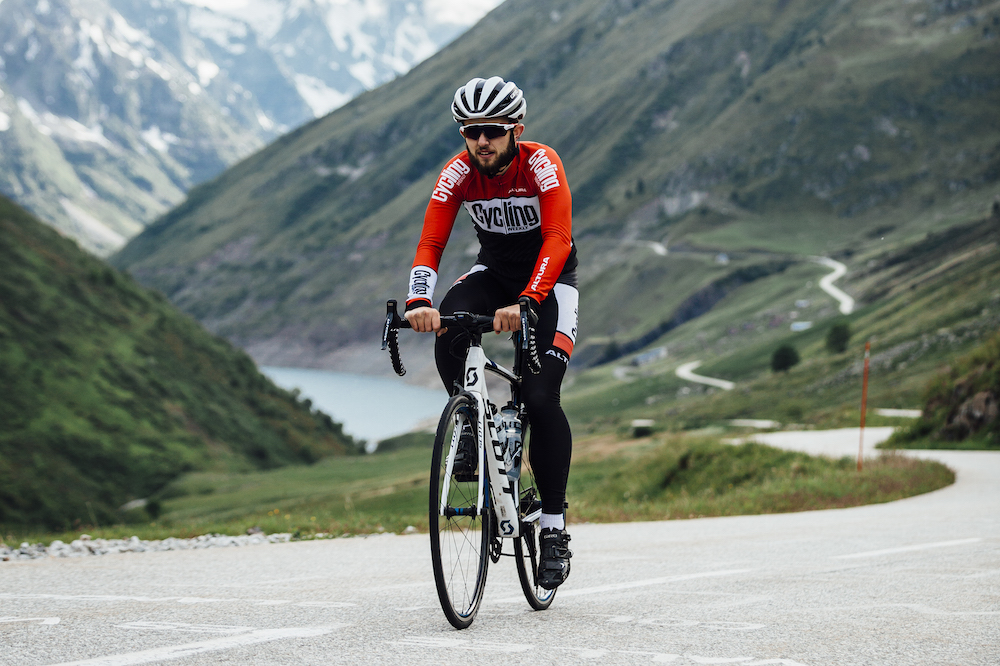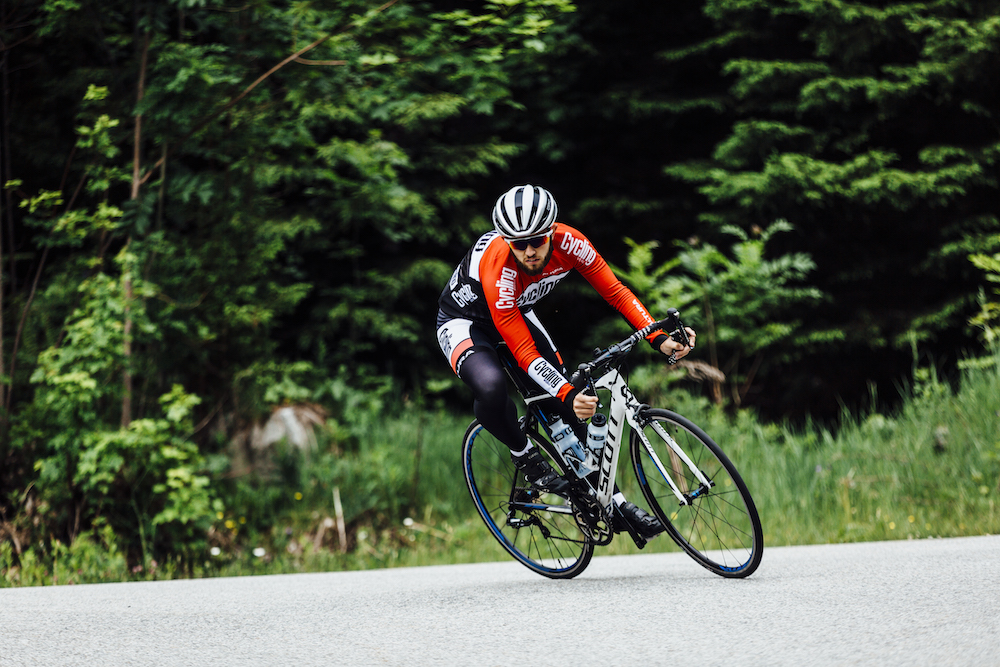How to climb the Col du Glandon (video)
A mainstay of the iconic La Marmotte gran fondo, the Glandon may lull cyclists in with its 4.8 per cent average gradient. But underestimate it at your peril

If you take a trip to the Alps, the Col du Glandon is one of those climbs that is on most cyclists' bucket lists.
Its close proximity to Alpe d’Huez, means that anyone staying in the area for a cycling holiday, training camp or taking in the Tour de France as it passes through will be tempted by the welcoming 4.8 per cent average gradient.
Don’t fall into the trap that this is an easy jaunt to the top of an alpine pass, with a few descents up the climb dramatically skewing this average.
The Glandon is perhaps best known by amateurs for its role as the first climb in the legendary gran fondo La Marmotte.
>>> Can you blag your way around La Marmotte?
It is easy to get carried away if you are riding La Marmotte because of the large groups of cyclists around you, all with fresh legs and riding high on adrenaline.
However, it is crucial to pace yourself on the early slopes over this 27km mammoth ascent.
Get The Leadout Newsletter
The latest race content, interviews, features, reviews and expert buying guides, direct to your inbox!
Once you are weaving up the switchbacks above Allemond and around the Barrage du Verney at the base of the climb, the road ramps up to a steady seven to 10 per cent gradient in the woods and holds this for about six kilometres.
Ten kilometres into the climb you’ll reach the settlement of Le Rivier d'Allemont, the perfect opportunity to fill up your water bottles on really hot summer days or stop at the café if you are taking it easy.
Immediately after, you are treated to a short hairpin descent, which rolls straight into the steepest section of the climb with a dead straight 11 per cent slogfest.
>>> How to master descents (video)
Once up above this section, you will have the psychological lift that you have conquered the toughest part of the climb, but don't sit back and relax as the rest of the climb still needs to be conquered.
As you drop down off the steep shelf back into the wooded section, you will once again come across multiple hairpin switchbacks that are a much more manageable gradient.
As you continue to ascend above the imposing Barrage de Grand Maison, and into the sweeping meadows. If the weather is kind, this is the first time you will see the summit of the climb.

A final short downhill section awaits, before the final 2.5 kilometres of the climb.
With about 300m to go, you will reach a crossroads, that will either take you to the summit of the Col de la Croix de Fer or to the top of the Glandon. Take the left turn for the final kick towards the summit.
At 1924 metres above sea level, you may well be subjected to a complete white out as the fog rolls in. Or if you are lucky, treated to stunning views back down the climb you have just conquered or over towards the north side into the Maurienne valley, which is also a stunning ascent in its own right.
Regardless of which view you are treated to, the Glandon is a climb that you will want to ride over and over again.

Thank you for reading 20 articles this month* Join now for unlimited access
Enjoy your first month for just £1 / $1 / €1
*Read 5 free articles per month without a subscription

Join now for unlimited access
Try first month for just £1 / $1 / €1
Paul Knott is a fitness and features writer, who has also presented Cycling Weekly videos as well as contributing to the print magazine as well as online articles. In 2020 he published his first book, The Official Tour de France Road Cycling Training Guide (Welbeck), a guide designed to help readers improve their cycling performance via cherrypicking from the strategies adopted by the pros.
-
 'I'll take a top 10, that's alright in the end' - Fred Wright finishes best of British at Paris-Roubaix
'I'll take a top 10, that's alright in the end' - Fred Wright finishes best of British at Paris-RoubaixBahrain-Victorious rider came back from a mechanical on the Arenberg to place ninth
By Adam Becket Published
-
 'This is the furthest ride I've actually ever done' - Matthew Brennan lights up Paris-Roubaix at 19 years old
'This is the furthest ride I've actually ever done' - Matthew Brennan lights up Paris-Roubaix at 19 years oldThe day's youngest rider reflects on 'killer' Monument debut
By Tom Davidson Published